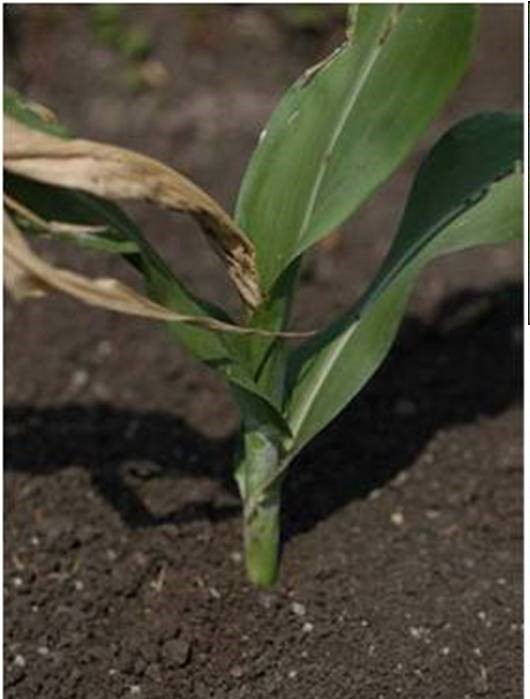On the Basis of Soil Type:-
Light to Medium Soil:- Neo (Rasi).
Heavy Soil:- Rch 659 BG II, Magna (Rasi), Moksha BG2 ( Aditya), Super Cot Bt-II (Prabhat).
On the basis of Irrigation source:-
Rainfed:- Jadoo (Kaveri), Moksha BG2 ( Aditya).
Semi-irrigated:- Neo, Magna (Rasi), Moneymaker (Kaveri), Super Cot Bt-II (Prabhat).
Irrigated:- Rch 659 BG II (Rasi), Jadoo (Kaveri).
On the Basis of Plant habit:-
Erect:- Jadoo (Kaveri), Moksha BG2 ( Aditya), Bhakti (Nuziveedu).
Bushy varieties:- Rch 659 BG-II (Rasi), Super Cot Bt-II (Prabhat).
On the Basis of Crop duration:-
Early variety (140-150 days)
Rch 659 BG-II (Rasi).
Bhakti (Nuziveedu).
Super Cot Bt- II (Prabhat).
Like and share with other farmers by clicking on button below
Share







